A Comprehensive Scientific Analysis of Creatine Supplementation: Efficacy, Safety, and Clinical Considerations
Abstract
Creatine monohydrate stands as one of the most extensively researched ergogenic aids in the history of sports nutrition. Despite its widespread use and scientific endorsement, public perception remains intermittently clouded by misconceptions regarding its safety profile. This scholarly review synthesizes empirical evidence from biochemical, physiological, and clinical studies to critically evaluate the safety of creatine supplementation in both pill and powder forms. The analysis encompasses acute and chronic administration, impacts on renal and hepatic function, potential for adverse effects, and considerations for specific populations. The overwhelming consensus of the scientific literature indicates that creatine supplementation is not only effective for enhancing high-intensity exercise performance and lean mass accretion but is also safe for long-term use in healthy individuals when consumed within recommended guidelines.
1. Introduction
Creatine (α-methyl guanidine-acetic acid) is a naturally occurring nitrogenous organic acid that serves a pivotal role in cellular energy metabolism, particularly in tissues with high and fluctuating energy demands such as skeletal muscle and the brain. Approximately 95% of the body’s creatine pool is stored in skeletal muscle, with two-thirds existing as phosphocreatine (PCr) and the remainder as free creatine. The PCr system provides a rapid reservoir for the regeneration of adenosine triphosphate (ATP) during short-duration, high-intensity activities, such as sprinting or weightlifting.
Check also info: creatine monohydrate vs creatine HCL
Endogenous synthesis, primarily in the liver and kidneys, combines the amino acids arginine and glycine to form guanidinoacetate, which is then methylated in the liver to form creatine. This endogenous production is supplemented by dietary intake, with meat and fish being the primary exogenous sources. The total body creatine pool for a 70-kilogram individual is roughly 120-140 grams. To saturate muscle creatine stores, an individual would need to consume over two kilograms of red meat daily, an impractical and inefficient endeavor. This is where supplementation provides a viable and effective strategy to maximize muscle creatine storage, typically increasing concentrations by 15-40%.
The objective of this treatise is to move beyond anecdotal evidence and critically appraise the peer-reviewed scientific literature to answer two central questions: Are creatine pills safe to take? And is creatine, in all its supplemental forms, safe in general?
2. Pharmacokinetics and Forms of Supplementation
Creatine monohydrate, the most studied and cost-effective form, consists of a creatine molecule bound to a single water molecule. Its bioavailability is high, with a vast majority of ingested creatine being actively transported into muscle tissue via the sodium-dependent creatine transporter (SLC6A8).
The debate between creatine pills (often capsules or tablets) versus powder is largely one of convenience and absorption kinetics, not safety or fundamental efficacy.
- Powder: This form is typically mixed with a liquid. Its dissolution allows for rapid gastric emptying and intestinal absorption. It is often the most economical option per serving.
- Pills (Capsules/Tablets): These offer portability and convenience, eliminating the need for mixing. The primary consideration is that tablets must disintegrate and capsules must dissolve in the gastrointestinal tract before the creatine can be absorbed. While this may slightly delay peak plasma concentration compared to a pre-dissolved powder, the overall bioavailability is not significantly different. For individuals experiencing gastric discomfort with powder, pills may mitigate issues as the creatine is released further along the digestive tract. From a safety perspective, the two forms are indistinguishable; the body ultimately processes the same creatine molecule.

Other forms, such as creatine ethyl ester, buffered creatine, or liquid creatine, are often marketed with claims of superior absorption or reduced side effects. However, robust independent research consistently demonstrates that these novel forms offer no advantage over simple, pure creatine monohydrate and are frequently less stable.
3. Established Benefits and Mechanisms of Action
The ergogenic benefits of creatine supplementation are well-documented and multi-faceted:
- Enhanced ATP Resynthesis: By increasing the PCr pool, supplementation augments the ability to rapidly regenerate ATP during repeated bouts of maximal effort, delaying fatigue.
- Increased Work Capacity: Users can often perform more repetitions per set or sustain a higher power output across multiple sets, leading to greater training volumes over time.
- Promotion of Lean Mass Accretion: The increased training stimulus, coupled with creatine’s osmotic effect of pulling water into muscle cells (cell volumization), creates an anabolic environment conducive to protein synthesis and muscle growth.
- Neuroprotective Potential: Emerging research indicates cognitive benefits, particularly in scenarios of sleep deprivation, traumatic brain injury, or neurodegenerative diseases like Parkinson’s, due to the brain’s reliance on the PCr energy system.
Check also: where to look for reliable supplements reviews
4. Critical Analysis of Safety Profile
This section addresses the most common safety concerns raised in the scientific and public domains.
4.1 Renal Safety
The most pervasive myth surrounding creatine supplementation is that it causes kidney damage. This concern stems from creatine’s metabolic pathway. Creatine is irreversibly converted to creatinine, a waste product excreted by the kidneys and a marker used to assess renal function.
- Evidence: Numerous long-term studies (up to 5 years) in healthy adults have shown that while serum creatinine levels may rise slightly due to the increased substrate load, this is not indicative of renal impairment. Glomerular filtration rate (GFR), a more sensitive marker of kidney function, remains unchanged. A landmark review published in the Journal of the International Society of Sports Nutrition concluded that creatine supplementation does not adversely affect kidney function in healthy individuals.
- Considerations: The caution for individuals with pre-existing kidney disease is prudent. In a compromised kidney, the increased filtered load of creatinine could potentially exacerbate the condition. Therefore, those with known renal dysfunction should avoid supplementation unless under direct medical supervision. For healthy kidneys, the “extra work” is well within functional capacity.
Read also: best creatine supplements in 2025
4.2 Hepatic (Liver) Safety
Similar to renal concerns, some speculate that creatine may stress the liver.
- Evidence: Comprehensive studies monitoring liver enzymes (ALT, AST), albumin, and bilirubin levels have found no clinically significant alterations in healthy individuals supplementing with creatine. The liver efficiently handles the methylation process involved in creatine metabolism without adverse effect.
4.3 Gastrointestinal Distress
This is the most frequently reported adverse effect, though it is often avoidable.
- Evidence: Symptoms like bloating, stomach cramps, and diarrhea are typically linked to improper dosing protocols, particularly large single doses (>10g) or insufficient mixing of powder, leading to a high osmolarity bolus in the stomach that draws in water.
- Mitigation: These issues are largely mitigated by splitting the total daily dose into smaller servings (e.g., 5g taken 2-4 times daily), consuming it with a meal, or ensuring it is fully dissolved in ample fluid. As noted, pills may reduce the incidence of these symptoms for some users.
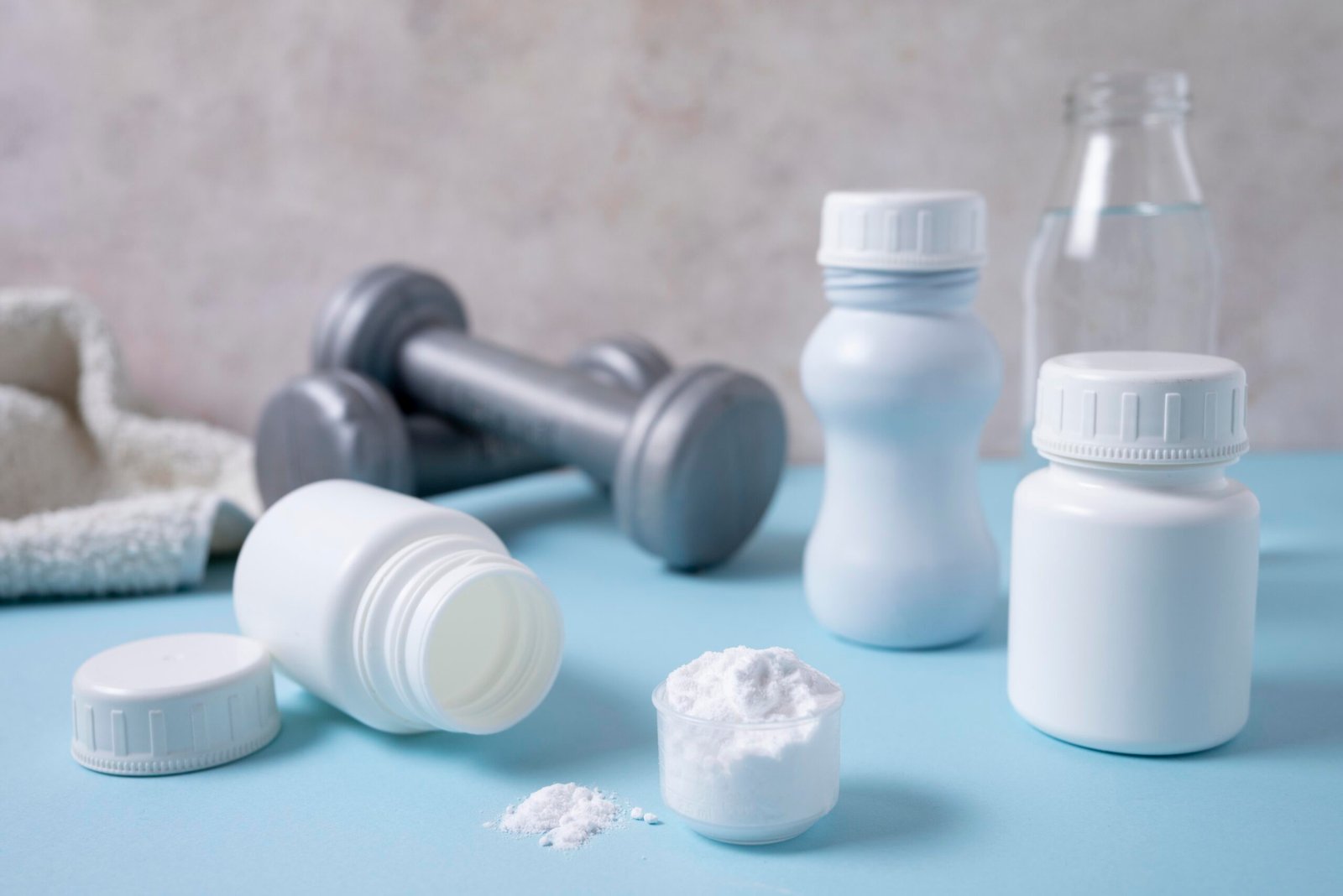
4.4 Dehydration and Muscle Cramping
A historical concern was that creatine’s osmotic effect would predispose athletes to dehydration and muscle cramps.
- Evidence: Controlled research has effectively debunked this myth. Multiple studies examining athletes training in thermogenic environments have found no increase in cramping, dehydration, or heat-related illnesses in creatine users compared to placebo groups. In fact, by promoting cell volumization, creatine may enhance hydration status at the cellular level. The anecdotal reports of cramping are more likely attributable to the intense exercise that creatine enables, rather than the supplement itself.
4.5 Weight Gain
The initial weight gain associated with creatine supplementation (typically 1-2 kg in the first week) is almost exclusively due to increased water retention within the muscle cells. This is not detrimental “water weight” but rather intracellular water that contributes to the anabolic cell-volumizing effect. Over the longer term, weight gain is associated with increased fat-free mass due to enhanced training adaptations.
5. Special Populations and Considerations
- Adolescents: While often considered a sensitive population, research indicates that creatine supplementation is safe for adolescents when used appropriately. The American Academy of Pediatrics, while generally discouraging ergogenic aid use in minors, notes that creatine is among the safer options. Its use should be considered only for serious young athletes under parental and professional guidance, focusing on proper nutrition and training as the foundation.
- Older Adults: Creatine is highly beneficial for combating sarcopenia (age-related muscle loss). It improves strength, functional capacity, and bone health in older populations. Safety profiles in studies with elderly participants are excellent.
- Females: Research confirms that females experience similar ergogenic benefits and exhibit the same excellent safety profile as males. Dosage should be scaled to body mass (e.g., 0.1 g/kg/day).
- Long-Term Use (>5 Years): Data on multi-decade use is limited for obvious reasons. However, the longest continuous studies (up to 5 years) show no adverse health outcomes. Given that creatine is a natural compound constantly present in the body and diet, long-term use within recommended guidelines is not theorized to pose significant risks.
Worth to know: why you need to take lutein
6. Purity and Contamination
A critical safety aspect often overlooked is the purity of the supplement product. The market is not uniformly regulated. Low-quality products may be contaminated with heavy metals, dioxins, or other impurities.
- Recommendation: Consumers should purchase creatine monohydrate from reputable brands that undergo independent third-party testing for purity and potency, such as those certified by NSF International, Informed-Sport, or USP (United States Pharmacopeia). This ensures the product contains what the label claims and is free from harmful contaminants.
7. Conclusion
Based on a synthesis of over three decades of rigorous scientific investigation, the following conclusions can be drawn:
- Creatine monohydrate is exceptionally safe for long-term use by healthy individuals when consumed within the recommended guidelines (a maintenance dose of 3-5g daily following a loading phase, if chosen).
- Creatine pills (capsules/tablets) are as safe as powdered creatine. The choice between the two is a matter of personal preference, convenience, and gastrointestinal tolerance, not safety.
- The purported risks to renal and hepatic function in healthy individuals are not supported by empirical evidence.
- The most common adverse effects, primarily gastrointestinal discomfort, are typically dose-dependent and avoidable with proper dosing strategies.
- Special populations, including adolescents, older adults, and females, can safely use creatine, though appropriate guidance is advised.
Creatine monohydrate is not a panacea or a substitute for proper training and nutrition. However, it is a powerful, evidence-based ergogenic aid whose safety profile is arguably superior to that of common over-the-counter drugs like acetaminophen or ibuprofen. The scientific consensus is clear and unequivocal: for healthy individuals seeking to enhance athletic performance and improve body composition, creatine supplementation is both effective and safe.
Frequently Asked Questions (FAQ)
Q1: What is the proper way to take creatine? Do I need to “load”?
A: The loading protocol (20g per day, split into 4 doses, for 5-7 days) saturates muscle stores quickly. However, it is not mandatory. You can achieve the same muscle saturation by taking a maintenance dose of 3-5g per day, though it will take longer (approximately 3-4 weeks). The loading phase may increase the likelihood of gastrointestinal upset. Taking creatine post-workout with a source of carbohydrates and protein may slightly enhance uptake, but consistency (taking it daily) is far more important than timing.

Q2: Does creatine cause hair loss?
A: This concern stems from a single study that found an association between increased serum dihydrotestosterone (DHT) levels and creatine supplementation in rugby players. However, this study has not been replicated, and the increase in DHT remained within the normal clinical range. The current body of evidence does not support a causal link between creatine supplementation and hair loss (alopecia). Individuals with a strong genetic predisposition to androgenetic alopecia may wish to consult a dermatologist, but for the vast majority, this is not a documented concern.
Q3: Should I cycle creatine?
A: There is no physiological requirement to cycle creatine. It is not a hormone and does not downregulate the body’s natural production. The body maintains a fairly constant total creatine pool, excreting any excess through the kidneys. You can supplement continuously without any need for a “washout” period.
Q4: How much water should I drink when taking creatine?
A: It is prudent to ensure adequate hydration. A general recommendation is to consume an additional 8-16 ounces of water per day while supplementing. This supports overall health and kidney function, though as established, creatine does not harm healthy kidneys.
Check also: buying supplements on Amazon – what you don’t know
Q5: Is creatine a steroid?
A: Absolutely not. Creatine is a naturally occurring compound found in food. Anabolic steroids are synthetic derivatives of testosterone, a hormone. Creatine works by enhancing the body’s energy systems and is not hormonally active.
Q6: Can I take creatine if I am vegetarian or vegan?
A: Yes. In fact, vegetarians and vegans often have lower baseline muscle creatine stores due to the absence of meat in their diet. Consequently, they may experience even more pronounced benefits from supplementation than omnivores.
Q7: Are there any medications that interact with creatine?
A: Due to its potential, albeit minimal, effect on kidney function markers, caution is advised when taking creatine with drugs that are nephrotoxic (toxic to the kidneys). These include certain nonsteroidal anti-inflammatory drugs (NSAIDs like ibuprofen or naproxen) if used excessively, and some antibiotics. It is always imperative to consult with a physician or clinical pharmacist before combining any supplement with prescription medication.
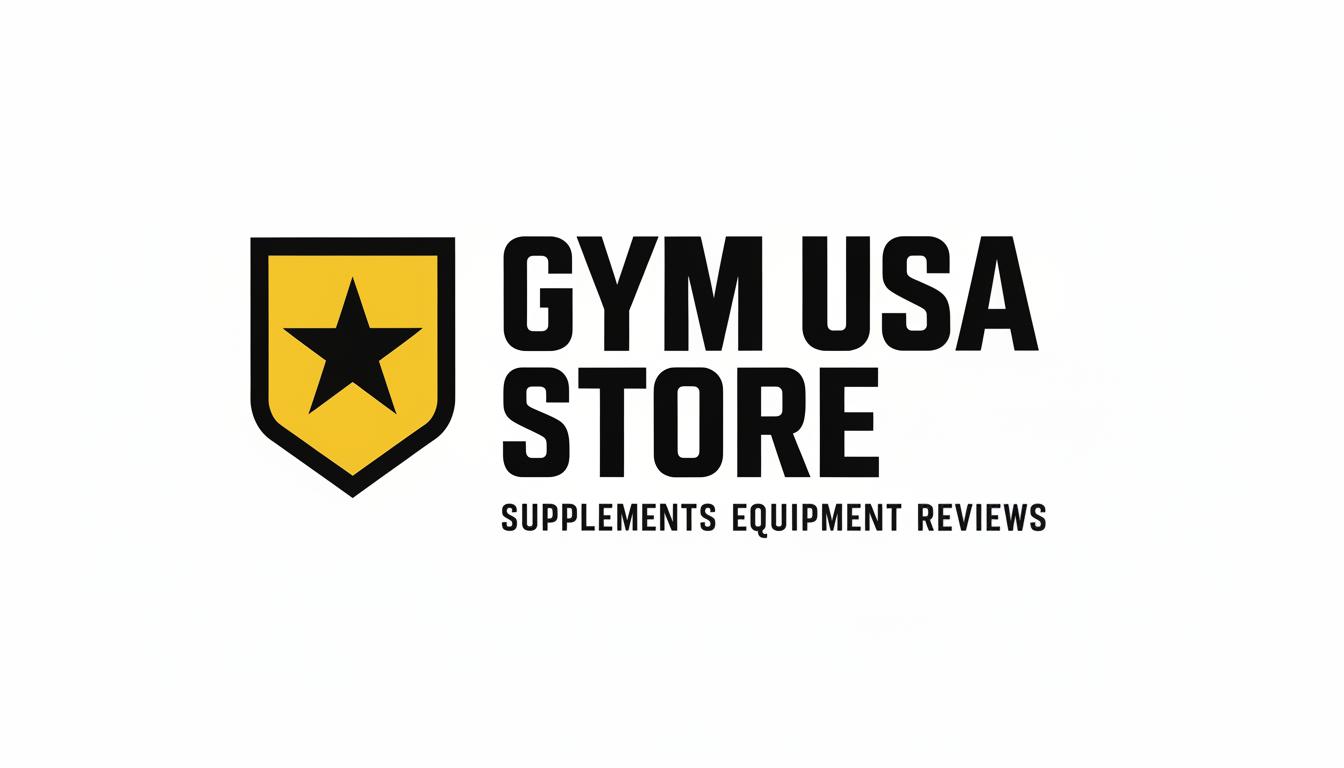

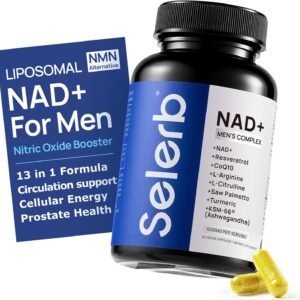
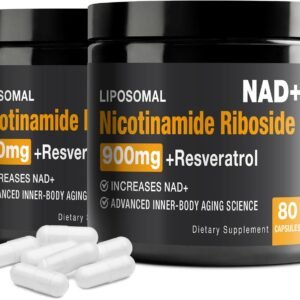
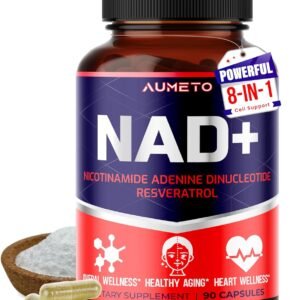

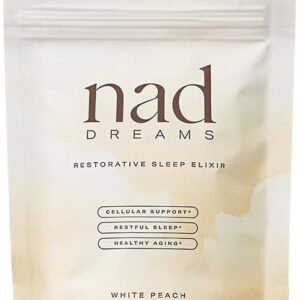
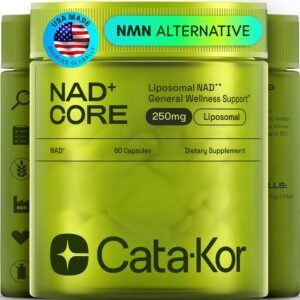
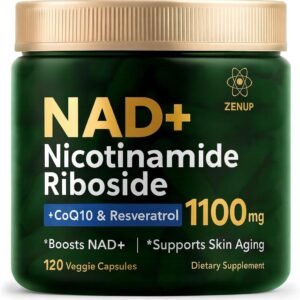
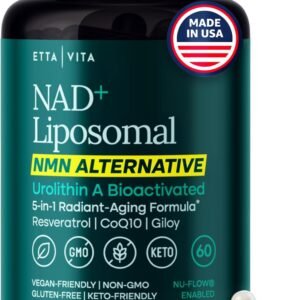


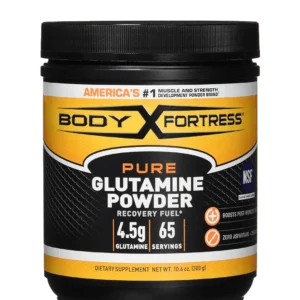
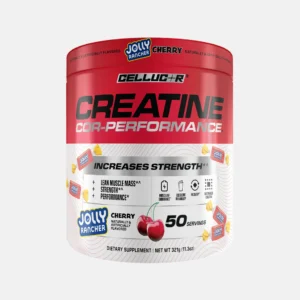


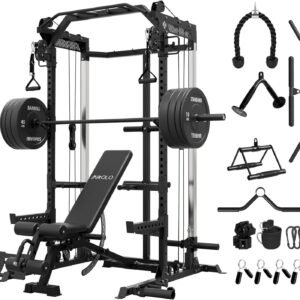

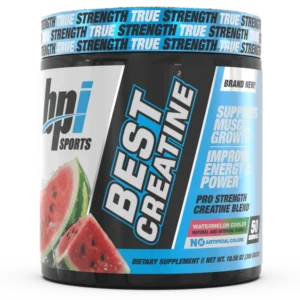
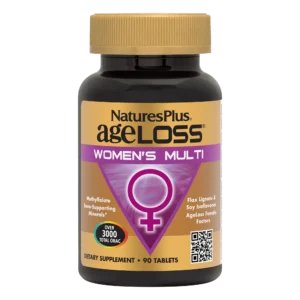



2 Comments
[…] Worth a reading: is creatine safe? A scientific approach […]
[…] Read also: creatine pills – safe or not safe? […]